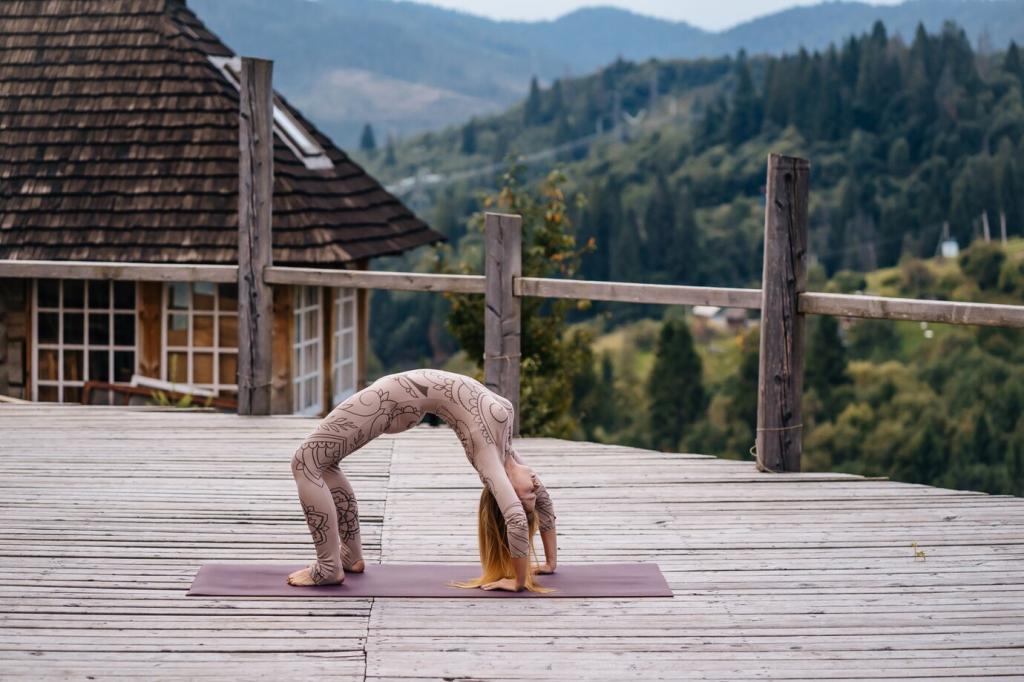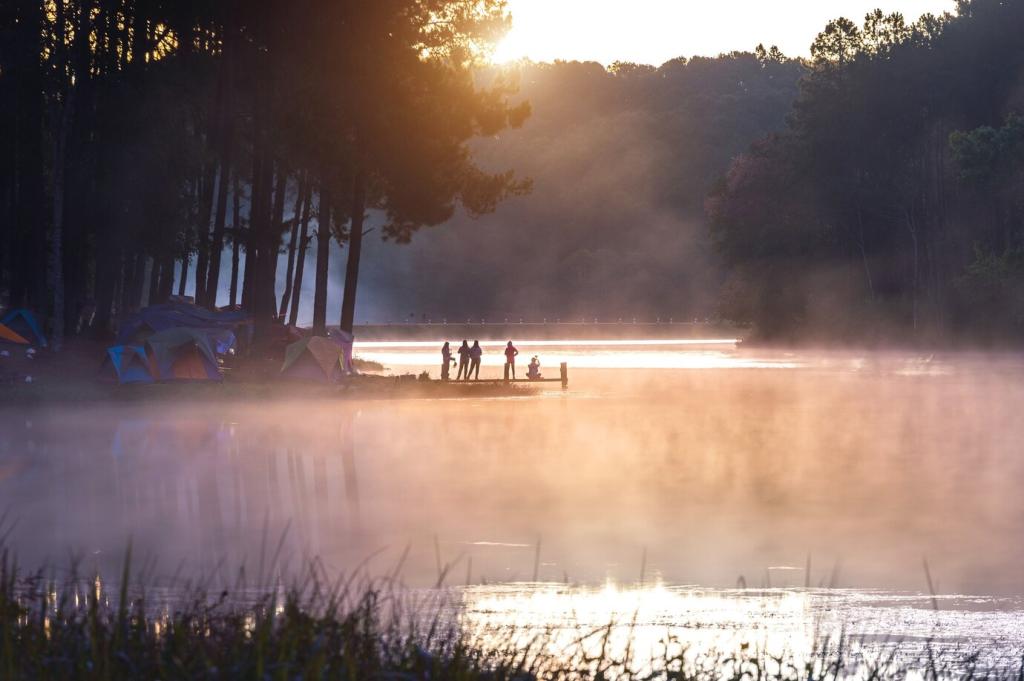Yoga Retreats in National Parks: Breathe Where the Earth Is Wild
Choosing the Right Park for Your Practice
Match your intentions with the landscape’s personality: desert clarity for minimalist focus, alpine meadows for gentle renewal, coastal fog for introspective breath. Consider elevation, trail difficulty, weather patterns, and crowd levels. Tell us your vibe, and we’ll suggest a perfect match.
Permits, Reservations, and Seasonal Timing
Many parks require permits for group yoga or sunrise access. Campsites and lodges fill fast during wildflower blooms and fall colors. Research reservation windows, shoulder seasons, and shuttle systems. Comment with your target dates, and we’ll share timing strategies that reduce stress.
Greet the horizon with slow Surya Namaskar, letting cool air guide steady breath. Pause in Mountain Pose to absorb shifting colors, then flow gently to protect sleepy joints. Share a sunrise photo from your mat, and inspire others to rise with intention.

Stories from the Trail: Moments That Stay
01
We unrolled mats among towering trunks, the forest breathing with us. A shy beam of sun threaded through needles as hands met heart. After savasana, someone whispered, “I finally heard my own quiet.” Share the place that helped you hear yours.
02
When weather shifted suddenly, we paused practice, huddled beneath a tarp, and listened to rain on canvas. The meditation felt deeper than movement. Tell us how you adapt when skies change—your tips might guide someone’s most memorable session yet.
03
At dusk, a distant chorus rose as we rested. No fear—just honest wildness meeting our stillness. We acknowledged their home with gratitude and left no trace. Describe a moment when nature answered your practice with its own clear voice.
Quiet Footprints and Considerate Class Sizes
Keep groups small to protect soil and soundscapes. Choose durable surfaces, rotate practice spots, and minimize amplified sound. If a viewpoint is crowded, explore a nearby meadow. How do you balance community energy with solitude? Share strategies that respect both.
Wildlife Awareness on the Mat
Observe from a distance, give nests and dens wide berth, and secure snacks to avoid feeding through neglect. If an animal changes behavior, move away slowly. Comment with a respectful wildlife encounter that taught you patience or humility in practice.
Sustainable Gear and Low-Impact Choices
Opt for mats made from natural or recycled materials, refillable bottles, and layers you’ll repair rather than replace. Pack out micro-trash, even if it isn’t yours. Tell us your favorite durable gear, and we’ll compile a community-tested essentials list.
Fuel and Recovery for Outdoor Practice
Sip consistently, not just at thirst’s peak. Add electrolytes when sweating or at elevation, and avoid overconsumption late at night. Share your go-to hydration system—bottles or bladder—and we’ll send a simple calculator for daily trail water needs.


Inclusive Circles in Wild Places
Co-create agreements around consent, photography, noise, and pace. Offer options for varying abilities and comfort levels. Ask pronouns, honor boundaries, and invite feedback. How do you foster belonging on trail and mat? Your practices can guide our next feature.
Navigation, Weather, and Emergency Basics
Carry map and compass even with apps, check forecasts twice, and designate a meetup plan. Pack a whistle, headlamp, and layers. Share a simple safety tip you never skip—collectively, we build a culture of care in every park we visit.
Facilitator Presence and Intention Setting
Begin with a circle, ground with breath, and name intentions that align with the land. Close by expressing gratitude and confirming tomorrow’s plan. What opening question sparks real connection for you? Add it below to help others lead with heart.
